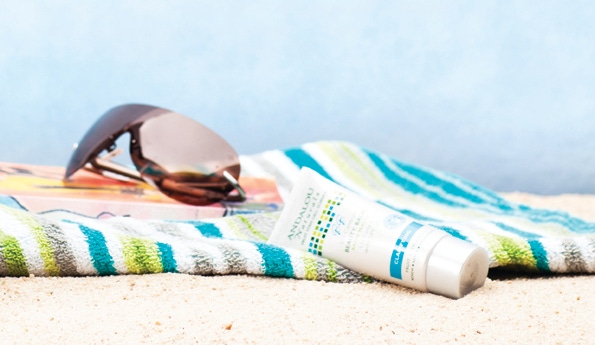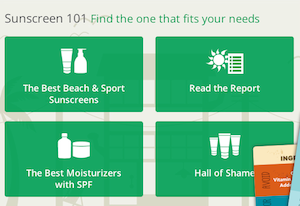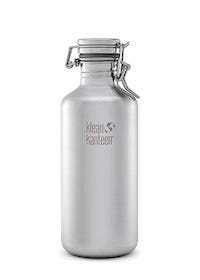
Sunscreen could be one of the most critical products in your health and beauty department: At this point, it's viewed as a necessity by most of your shoppers, and many natural brands are bringing effective, innovative solutions to the market.
Yet many consumers are still using the chemical-laden versions they've grown up with, which, unfortunately are ubiquitous in the retail environment. The Environmental Working Group (EWG) reported that—get this—80 percent of the products it tested contained potentially dangerous sun care ingredients such as ozybenzone, a chemical that has been shown to mimic estrogen and is linked to endometriosis and allergies, and vitamin A, which may speed the development of cancer when used on skin in sunlight. Here, we outline a few easy ways to promote the safe, effective offerings in your store.
1. Highlight the Environmental Working Group’s top picks

Now in its ninth year, the Environmental Working Group’s Guide to Sunscreens does an excellent job of ranking best and worst sunscreen picks. Look for companies that have earned a 0 or 1 ranking from the EWG. This means that they are the safest, most effective options around. Check out this list of top mineral sunscreens, including products from MyChelle, Badger, The Honest Company, Goddess Garden and COOLA. Use shelf talkers and “EWG picks” signage to indicate why these options are superior.
Also read up on these 8 little known facts about sunscreen to give your customers more info that will help keep them safe from the sun.
2. Know your sunscreen lingo
While media attention has been placed on the importance of wearing sunscreen, few sources are providing info on why mineral sunscreens, made with zinc oxide and titanium dioxide, are often safer and more effective alternatives to chemical sunscreens that contain some combination of oxybenzone, avobenzone, octisalate, octocrylene, homosalate and octinoxate. The EWG notes that zinc oxide in particular delivers the best UVA and UVB protection and that, in general, minerals are gentler, plus offer superior protection. However, avoid titanium dioxide in powder or spray form; the EWG claims it’s linked to toxicity when inhaled. And if you are stocking a chemical product, “we recommend looking for [chemical] products that contain the active ingredient avobenzone at 3 percent,” says Nneka Leiba, deputy director of research at EWG.
Beyond mineral and chemical, it’s also important to be well-versed in other ingredients and terms. For example: SPFs. This number only indicates protection from UVB rays, the ones that cause sunburn and non-melanoma skin cancers; UVA rays are actually more threatening. So a sky-high number likely gives you drastically imbalanced protection (UVB instead of broad-spectrum), plus higher concentrations of chemicals your customers may want to avoid.
3. Build creative end caps and showcase new offerings

Integrate sun care into other parts of the store to help get customers thinking about safe sunscreen when they’re shopping for summer treats. Also consider testing out a few other lifestyle products; clothing brand Coolibar, for example, is starting to use lightweight, UV-protective fabrics to keep customers both cool and protected.
Or get creative with products from companies such as Klean Kanteen—the company’s new growler makes for an awesome July 4 promo, along with top-ranked sun care from companies like Badger and Goddess Garden.
About the Author(s)
You May Also Like
.png?width=700&auto=webp&quality=80&disable=upscale)




